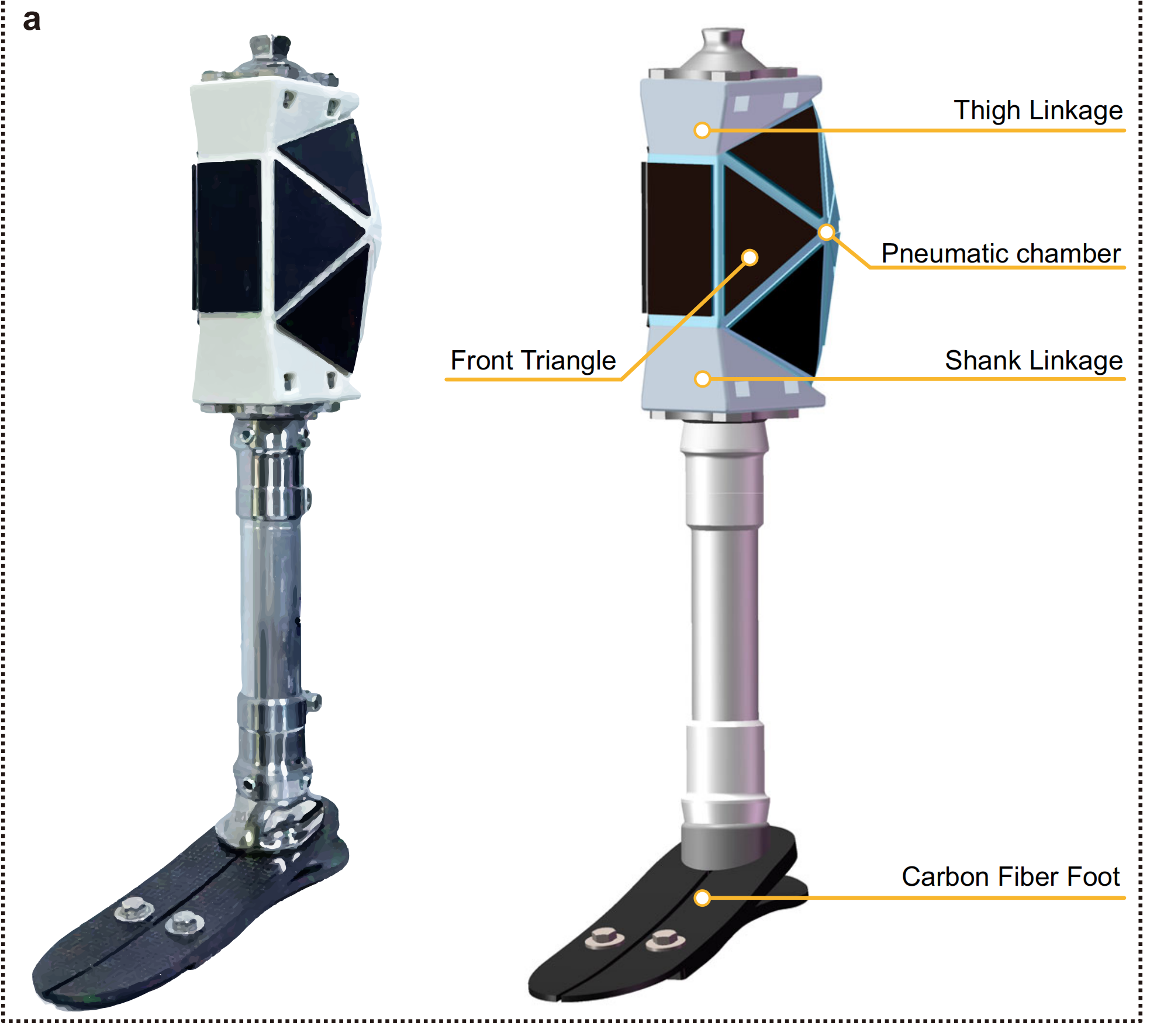China and Ethiopia: Booming Sci-tech Exchanges
The Ethiopian Space Science and Geospatial Institute launched a "Ground Station as a Service" initiative earlier this year, offering data reception services to organizations and countries in need of satellite data based on their usage requirements. The initiative signifies the East African country's strides to tap the global satellite data market.
Ethiopia's first ever earth observatory satellite, the ETRSS-1, was launched into space from China in 2019. Its command and control center is located on the 3,200-meter-high hill of Entoto, a mountainous area on the outskirts of capital city Addis Ababa.
In 2021, Ethiopia opened a 7.3 meters multi-satellite tracking and data receiving ground station at the Entoto Observatory and Research Center. The state-of-the-art ground station receives high-quality data with resolution up to 0.5 meters from Earth Observation (EO) satellites including the China-Brazil Earth Resources Satellite 4, China's high-definition EO Gaofen 1, Gaofen 3 and Gaofen 5 remote sensing satellites, and the SuperView-1.
This is a vivid example of the deepening cooperation in space technology as well as the flourishing sci-tech cooperation between China and Ethiopia in recent years.
At the third Ethio-China Joint Committee Meeting on Scientific and Technological Cooperation held in Addis Ababa in July, the two sides agreed to further strengthen cooperation in technology transfer, human resources development, and the establishment of scientific laboratories.
China has been a reliable partner as Ethiopia seeks to create a knowledge-based economy by promoting science, technology and innovation, said Bayissa Bedada, Ethiopia's State Minister of Innovation and Technology, adding that China has also been supporting Ethiopia in establishing research institutions, industrial and technology parks as well as incubation centers.
The two parties recently signed a series of bilateral cooperation documents on the Belt and Road Initiative cooperation, economic and trade cooperation, space technology, and Earth science. The documents also cover green and low-carbon development, rural development, and people's livelihoods, injecting new momentum into their all-weather strategic partnership.







